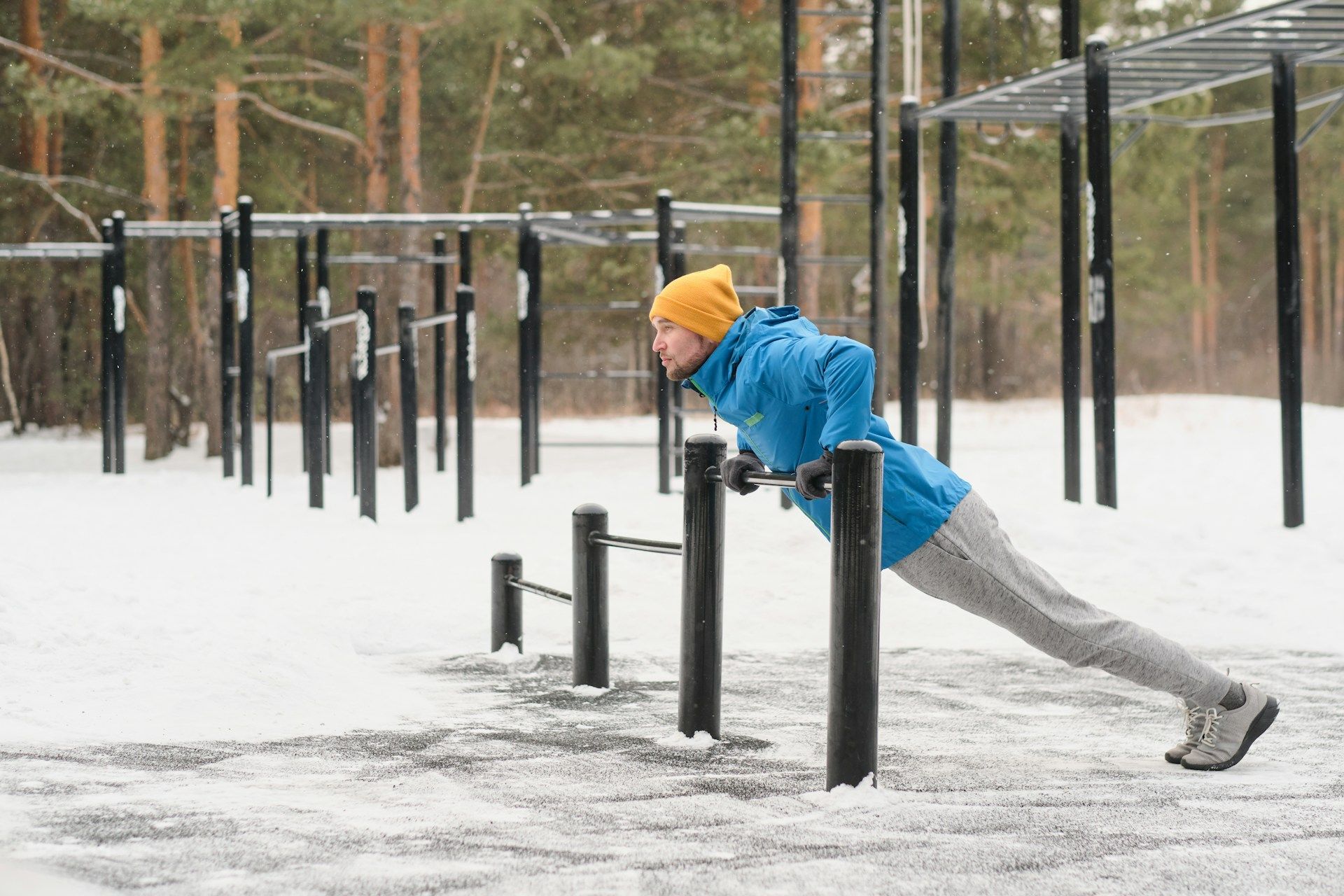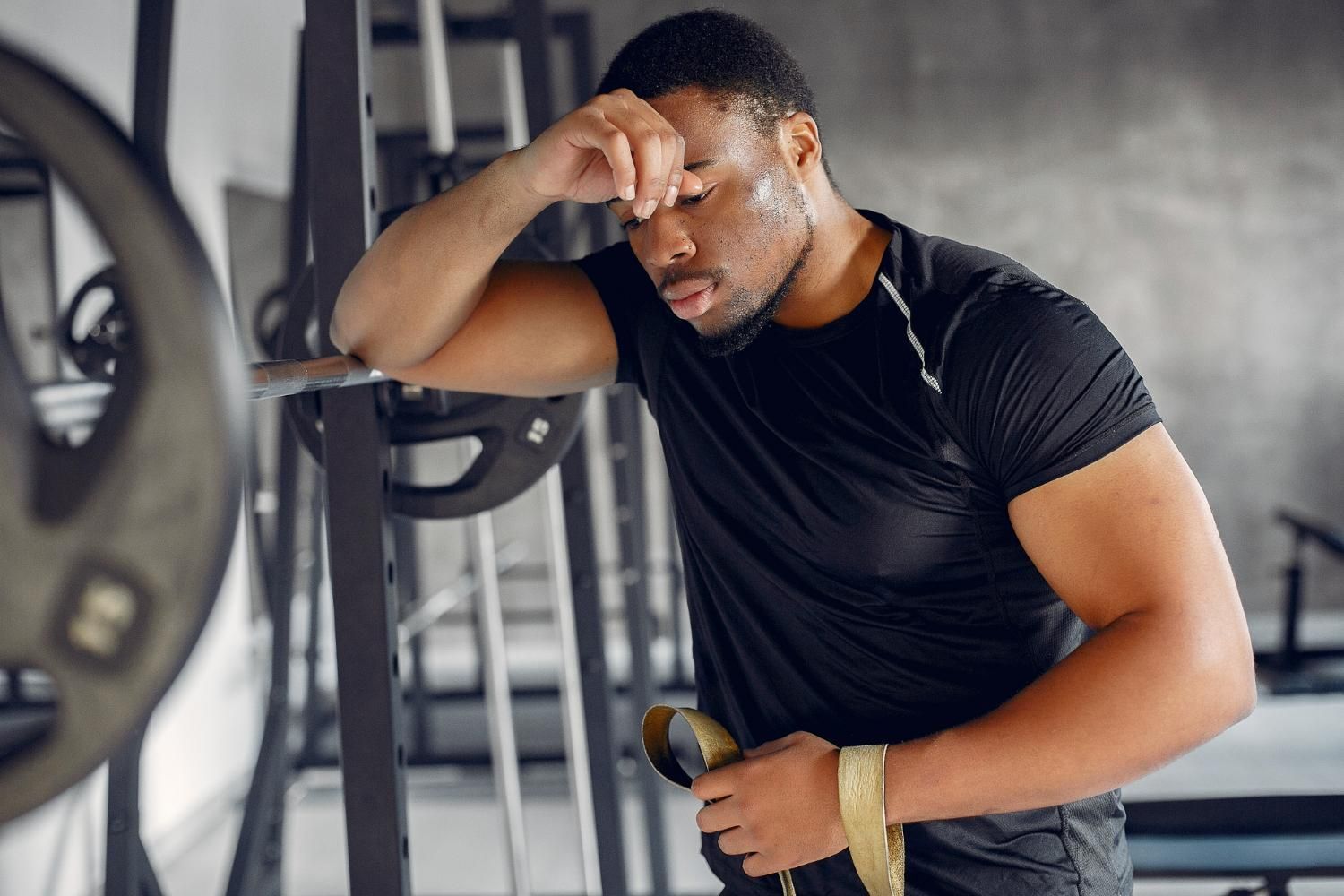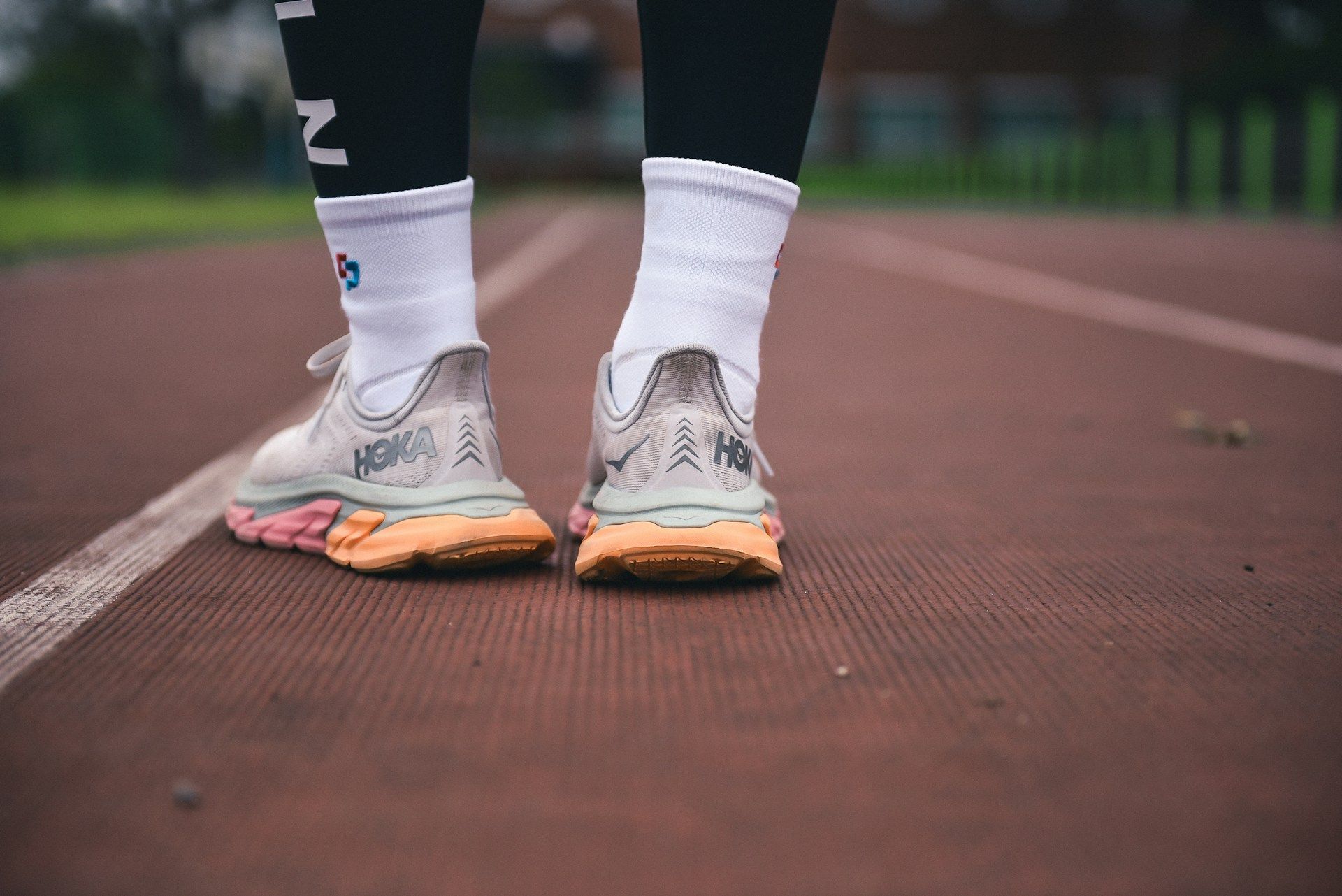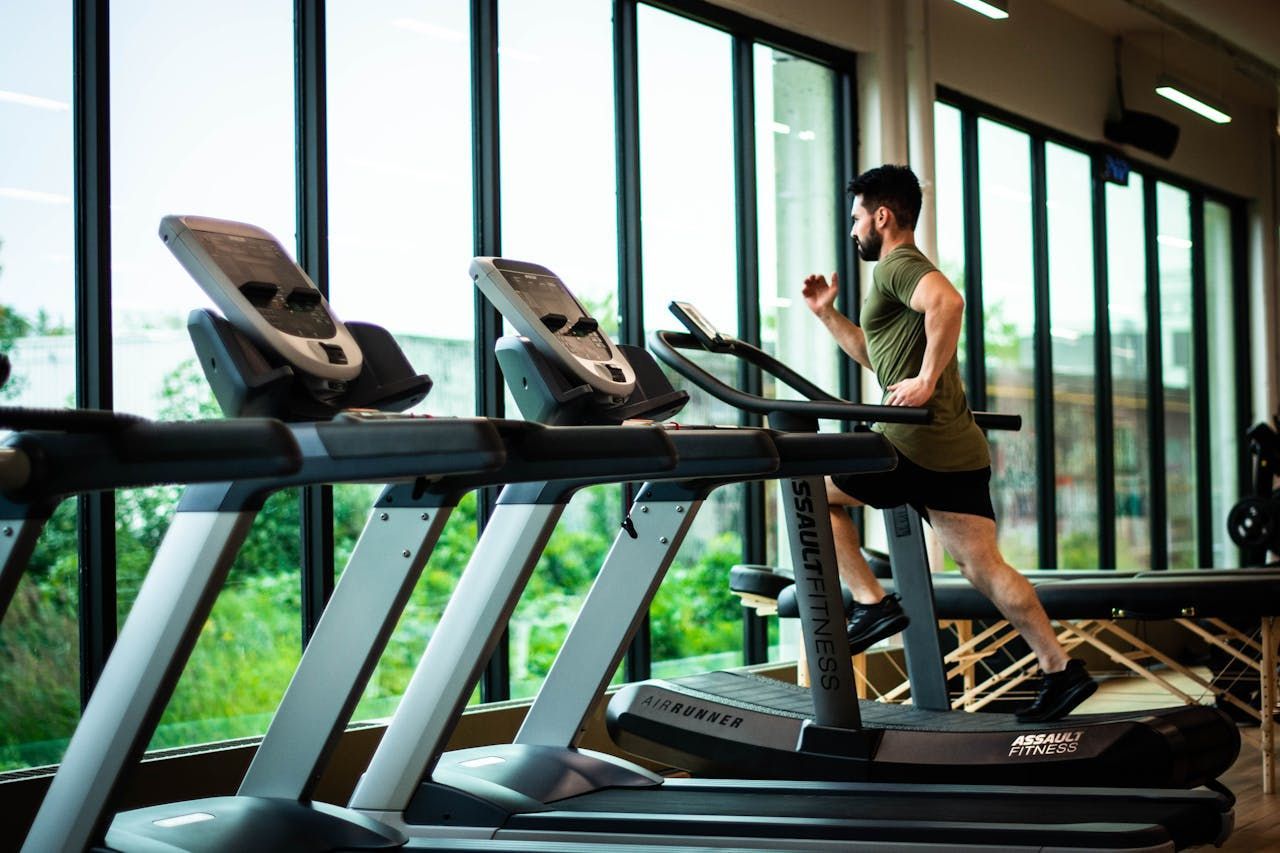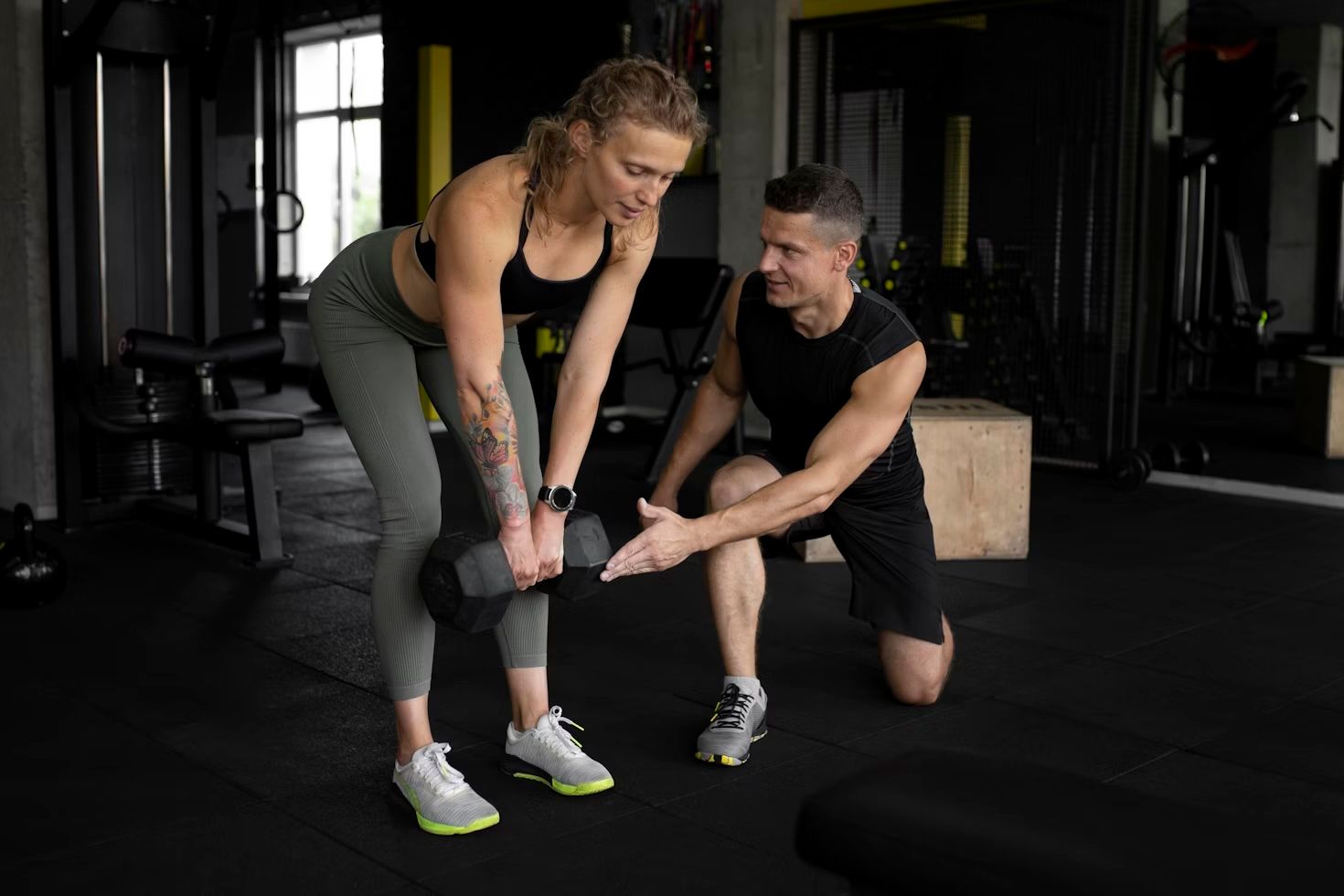Signs Your Injury Recovery Plan Needs Adjustment
When you're healing from an injury, it can be easy to focus only on staying active or trying to get back to where you were before things went sideways. But not every recovery plan is the right one for your needs as time goes on. Your body changes during recovery, and so should the plan guiding you. Ignoring signs that something isn't working could slow you down or even push your progress in the wrong direction.
A good plan takes the ups and downs into account and adjusts as needed. It should support your healing, not fight against it. At Live Oak Fitness, we understand how frustrating it can be to feel stuck or unsure about whether you’re doing the right things. Let’s look at how you can tell when a recovery plan might need tweaking and how small changes can lead to better results in Decatur.
Signs Your Injury Recovery Plan Needs Adjustment
If you’ve been on the same plan for weeks or even months and feel like you’re no closer to recovery than when you started, it might be time for a change. Check for these common signs that your current workout strategy in Decatur may need a fresh look.
1. Persistent Pain or Discomfort
Some soreness is expected when returning to movement after an injury. But if the same pain lingers far past warmup or shows up in areas that shouldn't be bothering you, don’t push through it. Pain that sticks around or keeps flaring up could mean you’re moving too fast, doing the wrong exercises, or even favoring an injury in ways that create new problems.
2. Lack of Progress in Strength or Mobility
If you’ve been showing up, doing the work, but still can’t lift what you used to or reach the same range of motion, that’s a signal. Growth might have slowed down because the plan became too easy or too hard. Stalling strength or stiffness that won’t go away means the plan is missing something.
3. Fatigue and Overtraining Symptoms
Sure, workouts are supposed to leave you tired. But if you’re constantly drained, losing sleep, or starting to get sick more often, your plan could be taking more than it gives. Burnout isn’t just a mental problem. It affects your entire body. You might be doing too much too soon or skipping out on rest days when your body’s begging for them.
4. Emotional or Mental Burnout
Lack of motivation doesn’t always come from laziness. Sometimes it grows from frustration or just feeling stuck. Maybe you're irritated with slow results or starting to question every movement. These emotional signs are just as real as physical ones and often show up first. Tuning into them helps you adjust before setbacks make things worse.
If any of these feel familiar, that’s your sign that it’s time to reassess and find better ways to support your recovery. The next step is figuring out how to make meaningful adjustments that move you forward.
Remember, it is important for your health and safety to always check with your doctor or one of the personal trainers at Live Oak Fitness before beginning any workout program.
How To Adjust Your Injury Recovery Plan Effectively
Recovery isn’t about pushing harder. It’s about doing the right things at the right times. Adjusting your plan isn’t failure. It's smart, especially when your body gives you feedback that things aren't quite lining up. When issues show up with pain, fatigue, or lack of progress, it's time to get clear on what changes might help.
On St. Simons Island, having a fresh set of eyes can make all the difference. A qualified trainer or therapist can review how you’re moving, spot problems you might not notice, and suggest better options. This could mean tweaking just one or two exercises or switching up which body parts get worked and when. Even small changes in alignment or resistance can improve results.
In Decatur, hot summer temps can also change how you feel during training. If you're doing recovery work outside or in less air-conditioned spaces, you might find your energy drops off quicker. Adjusting the intensity of your workouts or adding short breaks can help you stay consistent without wearing yourself down. Don’t think of it as backing off. Think of it as staying steady.
Here are a few practical adjustments that help keep your recovery moving in the right direction:
- Lower resistance for a few sessions if exercises feel harder than usual
- If range of motion is stuck, switch to movements with smaller angles to reduce friction
- Shorten the workout but increase frequency to reduce strain per session
- Rearrange your week so harder sessions aren’t stacked too close together
- Use different equipment that supports your joints better, like resistance bands
If you’re not sure which adjustment will help most, track your sessions daily. Don’t just write down what you did. Write how you felt. Energy levels, mood, and any pain that felt unusual can all show patterns when reviewed over time. This helps you stop guessing when it’s time to make changes.
Ensuring a Successful Injury Recovery Journey
On St. Simons Island, recovery doesn't just mean building back muscles. It also means gaining back your confidence. Too often, people give up in the middle of recovery because they feel stuck or disappointed in their progress. But slow progress is still progress. Rebuilding is working, even when it feels small.
Try setting micro-goals to stay encouraged. Instead of only big markers like running again or lifting a certain amount, focus on little wins. Was standing up easier today? Did your walk feel smoother? These details matter and can keep you motivated.
In Decatur, busy schedules and heat can make recovery feel even more exhausting. Setting aside mental recovery time is just as important as physical care. Even five calm minutes away from your rehab routine can boost your mindset. Whether it’s a cool-down walk or quiet breathing, take time to recharge your mind too.
It also helps to keep a support system. That might be a regular meetup with your trainer or hearing encouragement from a friend who gets it. Don’t try to heal in isolation. Understanding your emotional needs during recovery is part of the process.
Charting Your Path to Full Recovery
Every recovery plan needs room to grow right alongside you. If you feel run down, stuck, or sore in ways that don’t make sense, it’s probably time to take a closer look. Plans that worked a few weeks ago might not be working now. Being flexible in both body and approach helps you keep moving forward safely.
The smartest recovery paths are the ones that change with your needs. You’re not going backwards when you ease up. You’re staying in step with your current goals, which helps you avoid setbacks, re-injury, or just giving up altogether. Listening to your body and fine-tuning your workouts with honest feedback keeps you working with your body, not against it.
Finding the right support makes the difference between guessing and knowing you're on track. At Live Oak Fitness, we work with individuals in Decatur to spot these small but important signs early on and help create an approach that actually works. Whether you’re new to injury recovery or giving it another try, we’re here to guide you every step of the way.
Ready to take your injury recovery journey to the next level? Connect with a health and fitness center that truly understands your needs in Decatur. Explore how Live Oak Fitness can support your progress and make your path to full recovery as smooth as possible.

